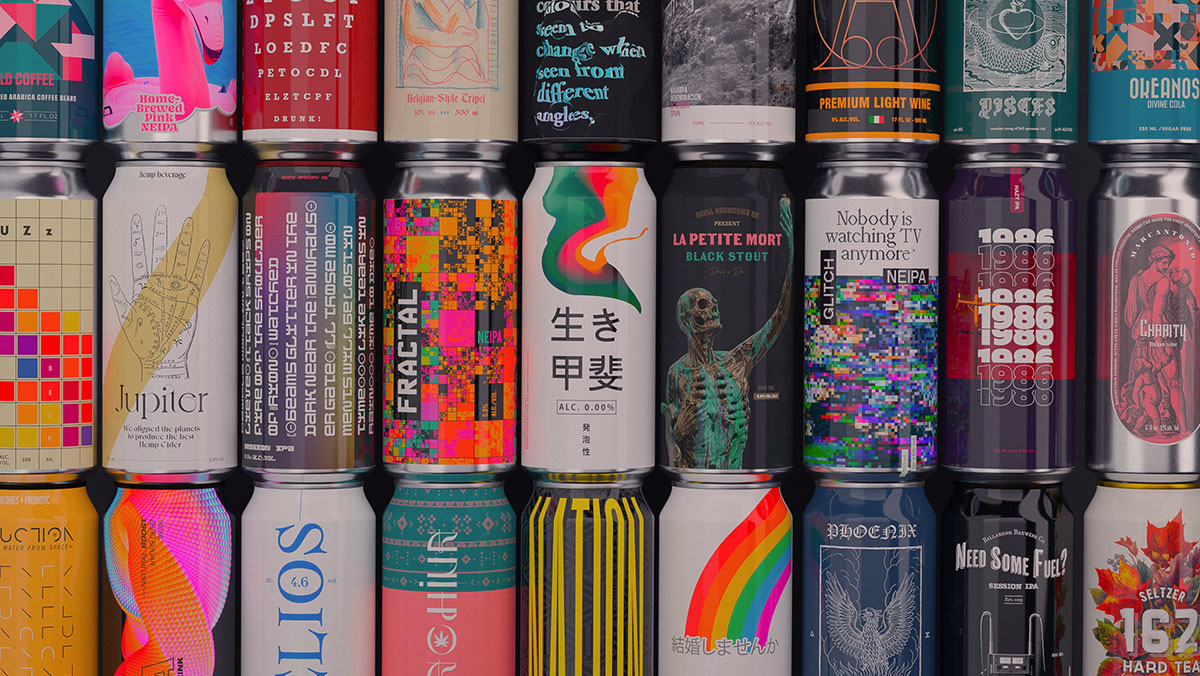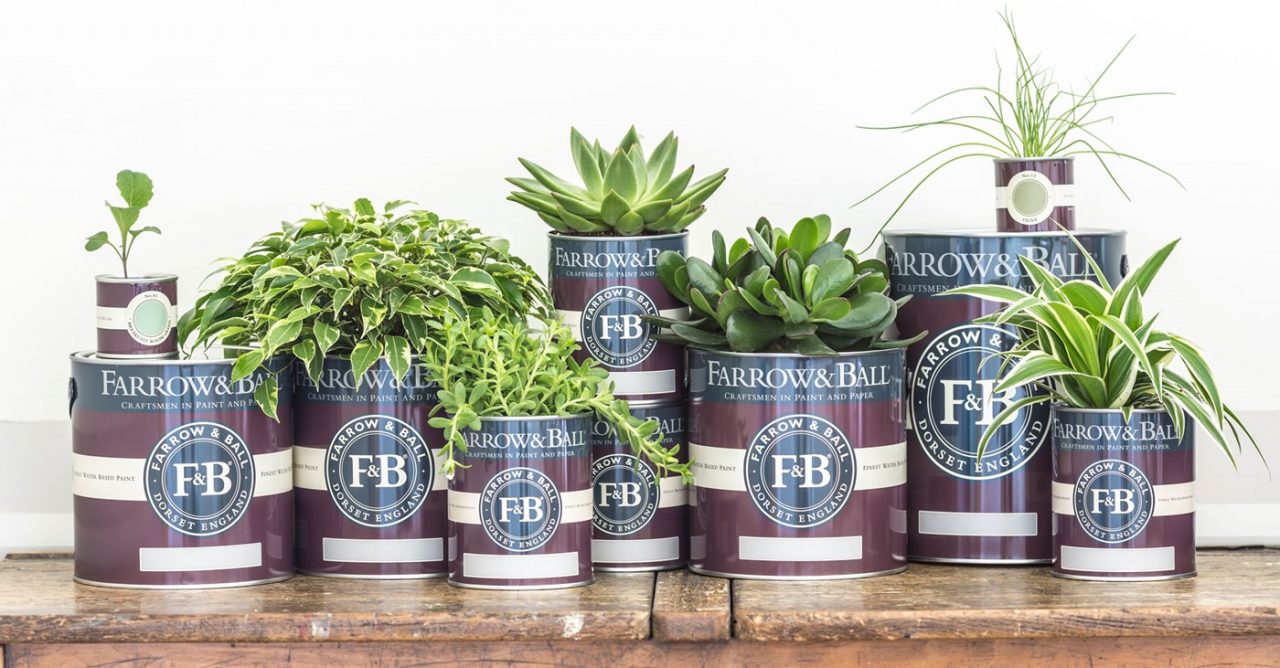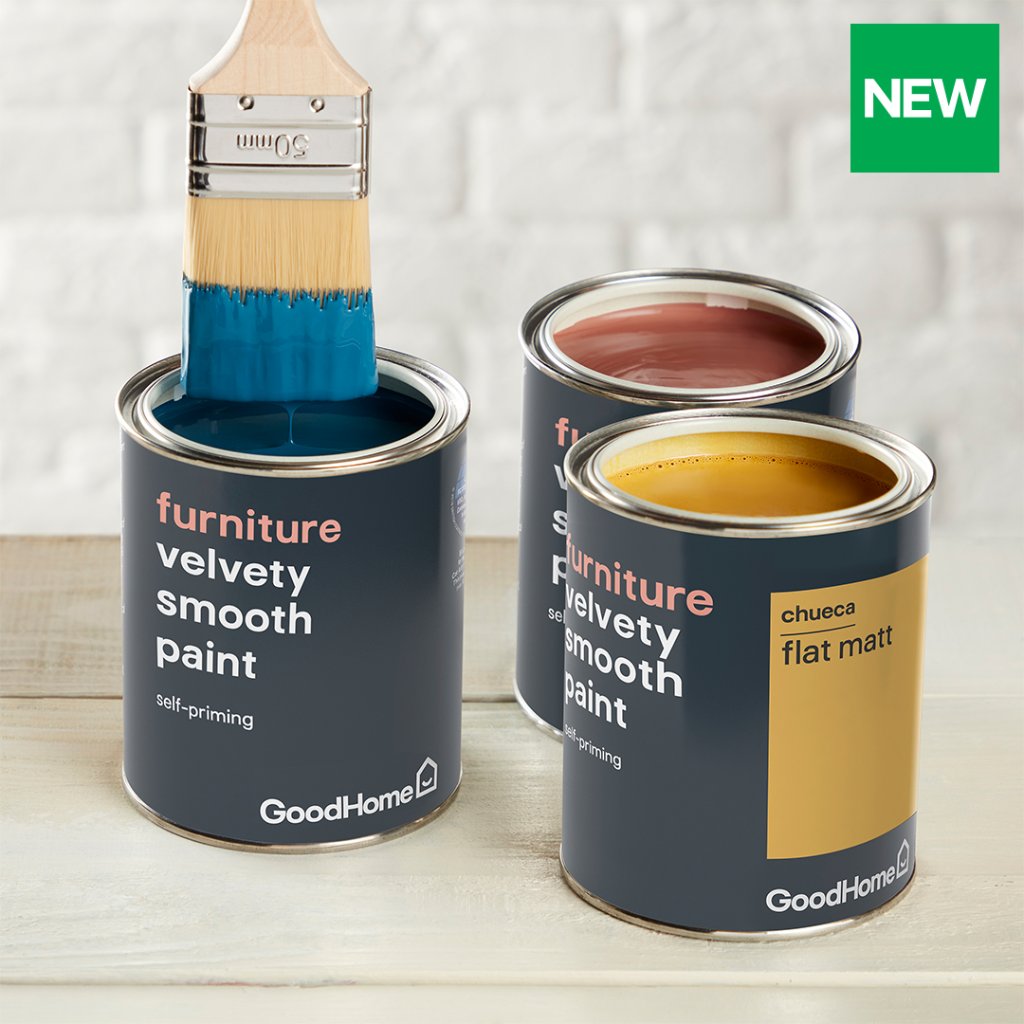
Packaging may serve a functional purpose but it’s an immensely valuable tool in a company’s marketing and branding efforts. In fact, when it comes to brand identity, it’s one of the most important elements. Consider the likes of Tiffany, Apple, or even Coca-Cola – the way they package their products is iconic and part of the appeal of purchasing from these companies.
But, how do you create a packaging design that suits your brand and reflects how you want to be perceived by your target customers?
Pick a theme
The theme of your design can be a great foundation for the colors you use, the fonts and text styles, and the tone of the language. A minimalist theme will appeal to a more mature audience and will keep your design to a monochromatic color scheme. A younger audience may prefer a more colorful, vibrant design, with imagery and bold text. Keeping your design within the realms of your brand values means thinking about how your products will be perceived.

If you’re a luxury brand, elegance and simplicity should be the focus. Look for inspiration in classic brands such as Farrow & Ball, who are synonymous with luxury and quality, and their packaging reflects this with rich colors and traditional fonts. Compare this with GoodHome by B&Q, which uses sans-serif fonts, neutral colors, and provides a more budget-friendly, accessible packaging style to appeal to customers looking for something basic and affordable.

A fun, contemporary brand may look to the latest trends for inspiration and have multiple graphics for each product. For example, hip barista favorite Minor Figures has a uniquely simple yet cool packaging design that features different graphic characters in pastel colors for a product that stands out on the shelves among more traditional milk cartons and bottles.

Get creative and innovate
Customers have seen virtually every type of packaging there is, but there are still companies that go above and beyond to make their packaging something special and unique to the market. Without a doubt, creativity is key and can even make or break industrial success, as Andrew Barraclough, Vice President of Design at GlaxoSmithKline explains, “Creativity is the lifeblood of brands… With so many messages being bombarded at consumers, powerful creative work is the only way to cut through, personalize, and delight.”
And, while the visual appeal of your product is intrinsically important, so is its functionality, and that should be factored into your design as it showcases that you’re a brand that considers its customers. Think about how a consumer will use your product and if there are ways that you can improve the packaging so that it best suits their needs. Consider Apple’s products, which are wrapped in plastic but the type that can be taken off without needing a knife. It’s a small change but one that massively enhances the usability of their products.
In fact, combining both that creative and inventive streak in a long-term packaging campaign is crucial and can be so successful that it’s influenced other industries to do the same. For example, if you’re a brand that sells food products, resealable packaging that makes it easier for the customer to maintain freshness in the product without needing to use it all immediately is helpful.
Know your options
Before you can dive into the different design options, it pays to do your research into the packaging styles and designs you can choose from. From budget-friendly to eco-conscious and luxury materials, packaging comes in a wide range of shapes and sizes, and this will impact the overall design.
Ultimately, the type of packaging you choose will depend on the target audience you’re hoping to reach, as these are the customers you need to appeal to. For example, if your product is not suitable for children, centering your packaging around child safety can make your brand more appealing to parents with young kids.
Show you care
Consumers are invested in making better choices, especially when it comes to exercising their purchasing power; and, as a business, that’s something you need to tap into. Customers want to buy from brands that are responsible and care about the environment and their audience, so it’s essential that your packaging reflects those values.
If you’re a brand that is organic and focused on doing what’s right for the planet, make sure that your packaging is recyclable, uses compost-friendly inks, and displays your green credentials. If a portion of your profits go to charity or causes that your brand supports, this information should be visible so that customers who align with what you stand for can also support your efforts in buying your products.
Think about the experience you want to evoke
Buying a product isn’t just about using the item itself, it’s also about the experience the customer has throughout the buying process, too. Think about the key emotions you want your customer to feel when they buy your products. Do you want them to feel happy, empowered, connected, or comforted? These emotions will guide your packaging design.
For example, if you want to empower your customers, you might include a postcard with a quote on it to inspire them, or maybe you want them to feel valued, in which case you might thoughtfully wrap each item in tissue paper and include a thank you note. Visualize opening your product for the first time and how you would want to feel, then consider the ways you can evoke those emotions for your own customers through thoughtful details and hidden extras.
Building a brand that is recognizable, powerfully creative, and in keeping with your ethics and values can be hard, but it’s also the gateway towards long-term success. Packaging plays an essential role in achieving that and encouraging your dream customers to buy from your brand over a competitor.
Cover image source: Studio Blackthorns